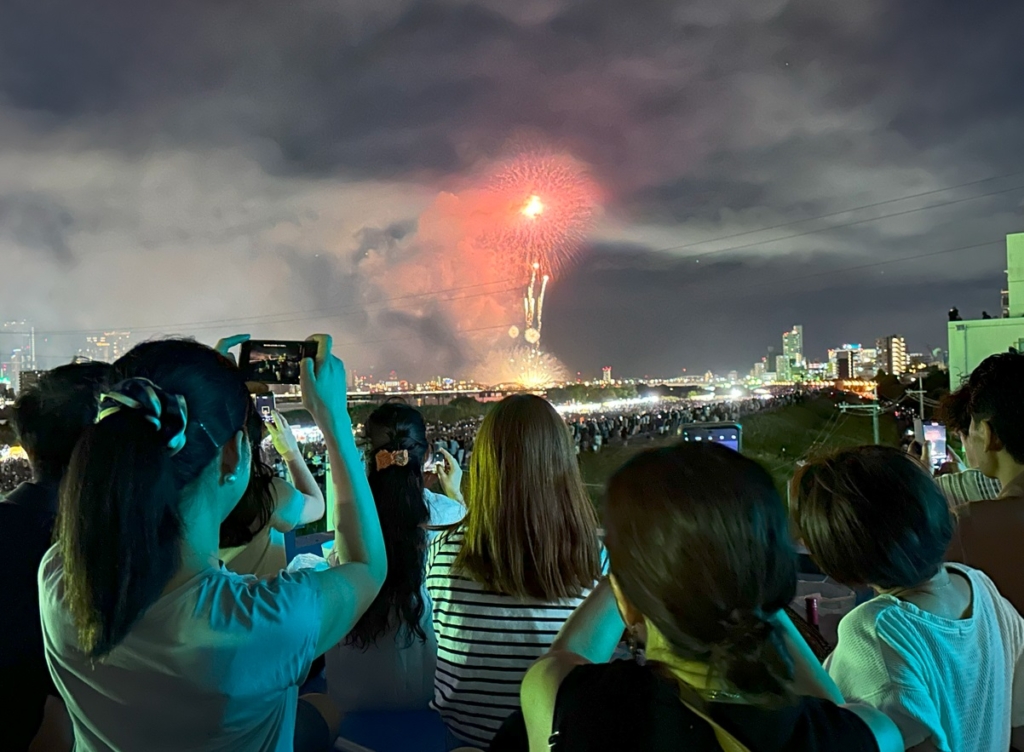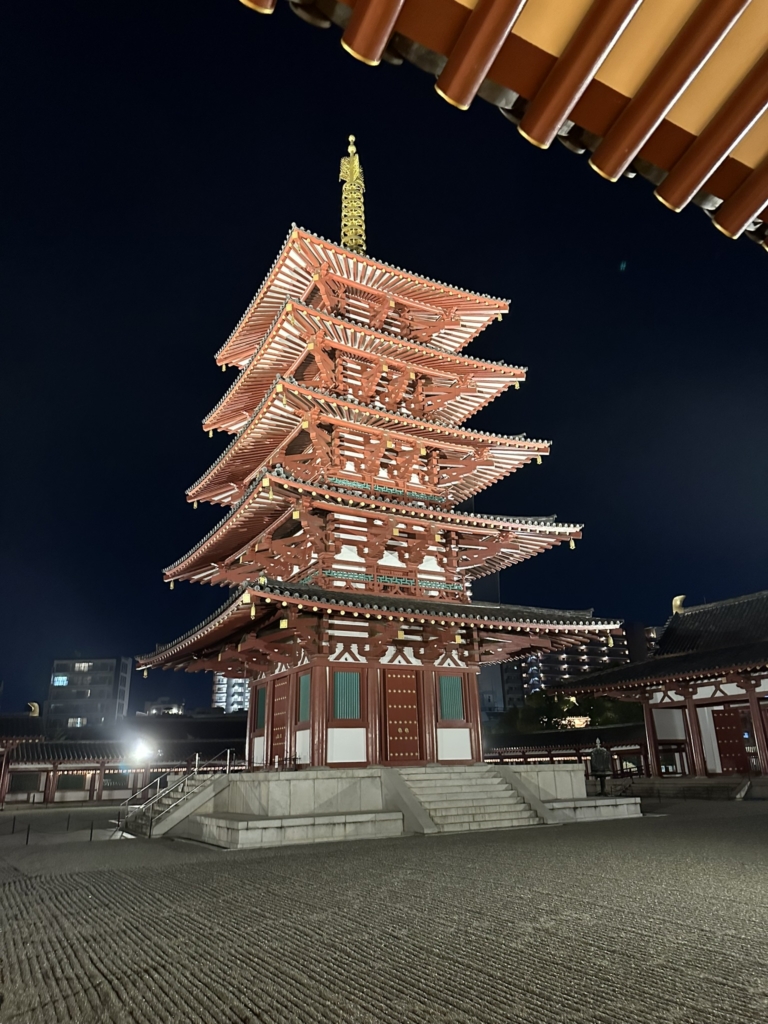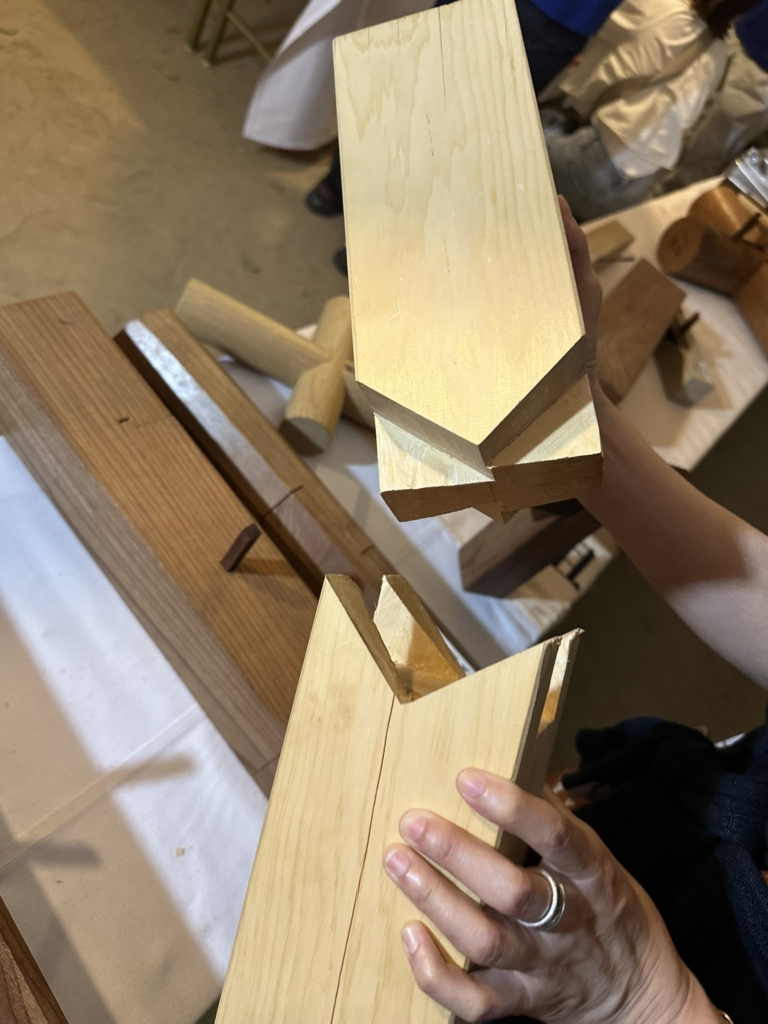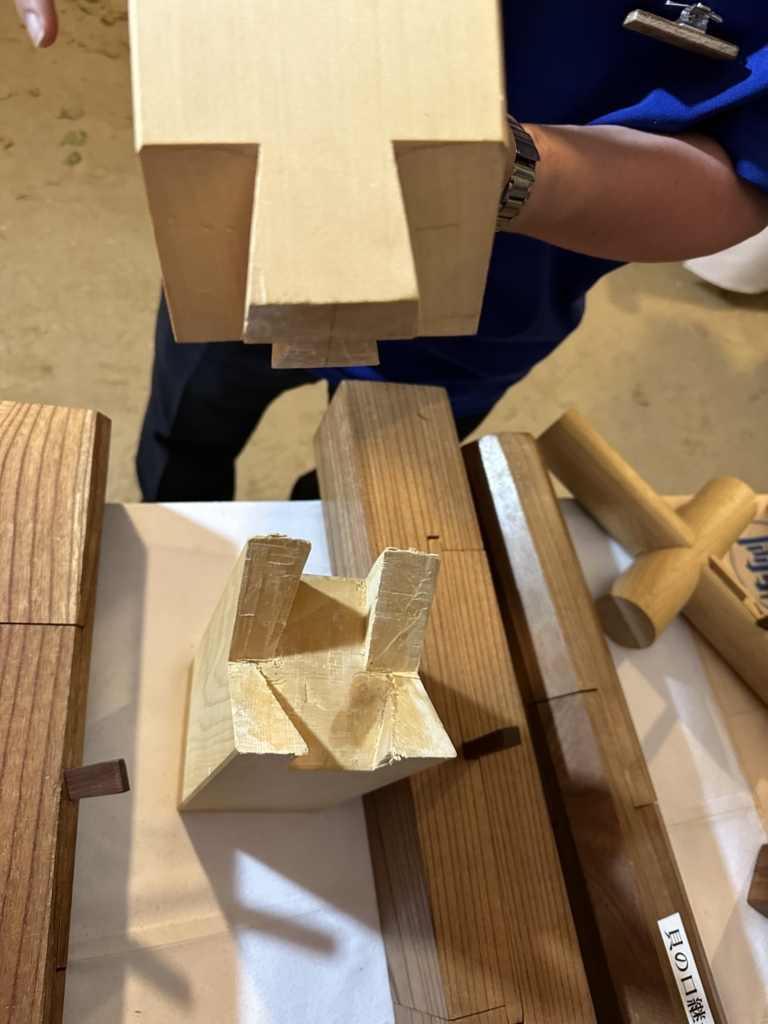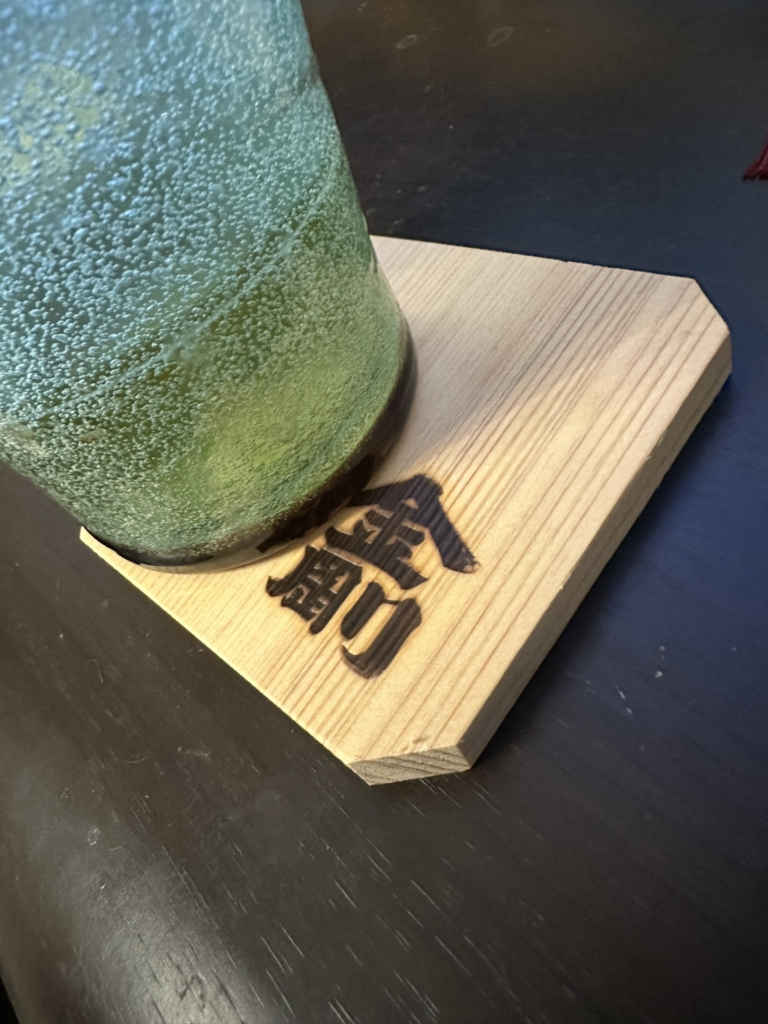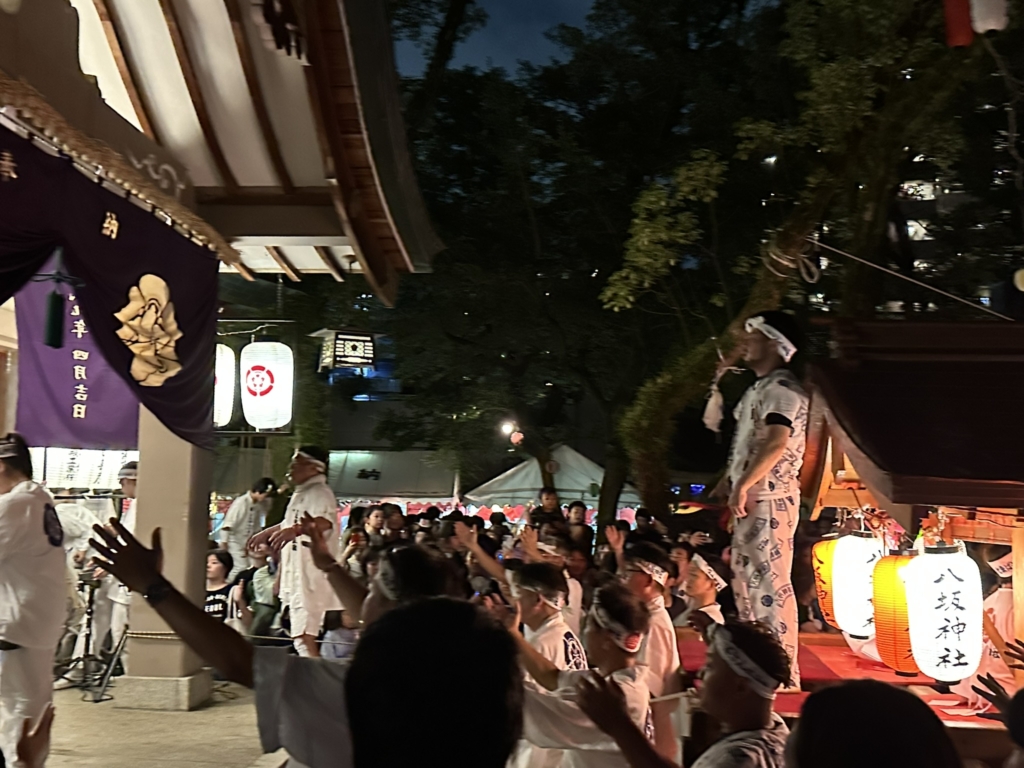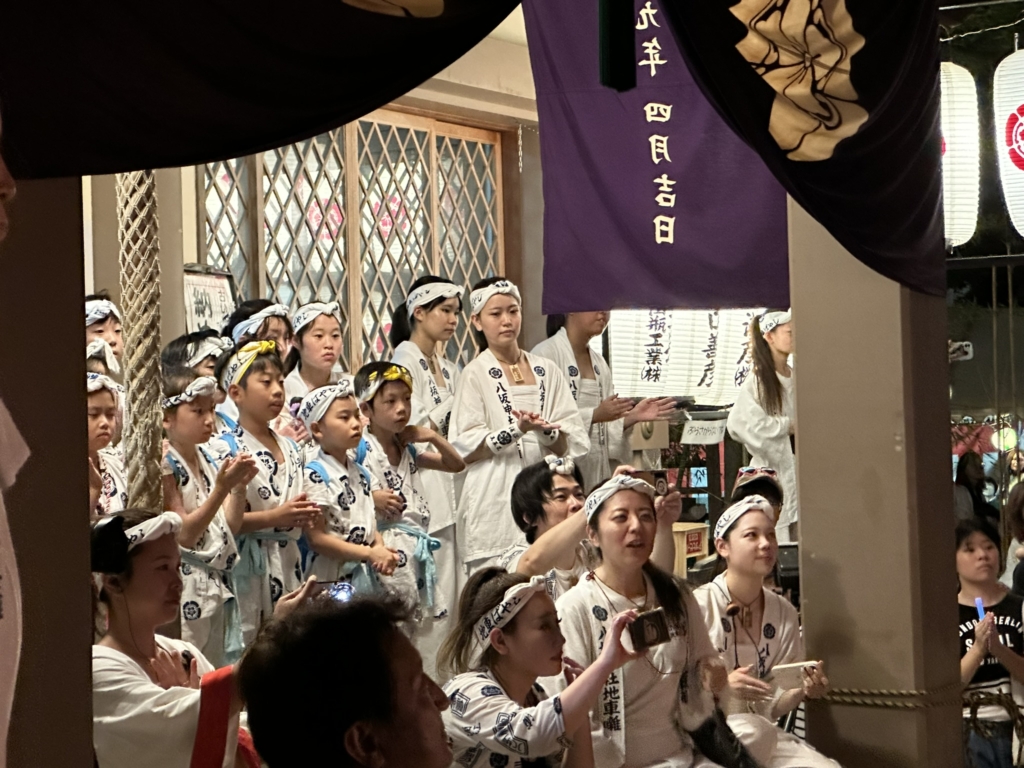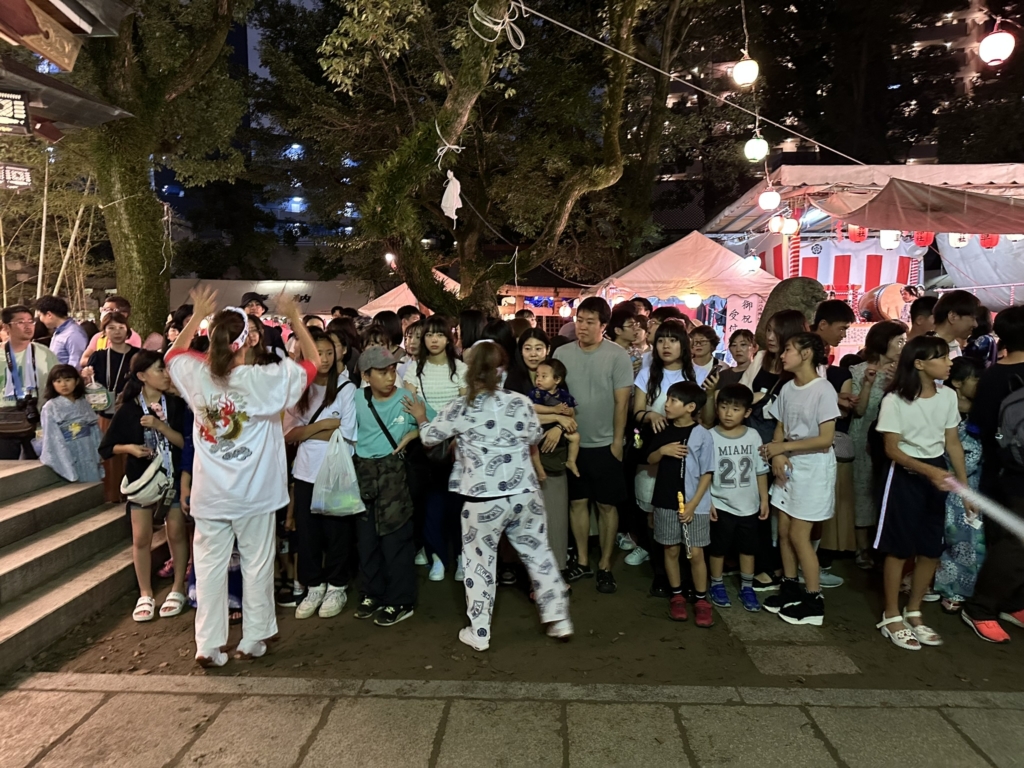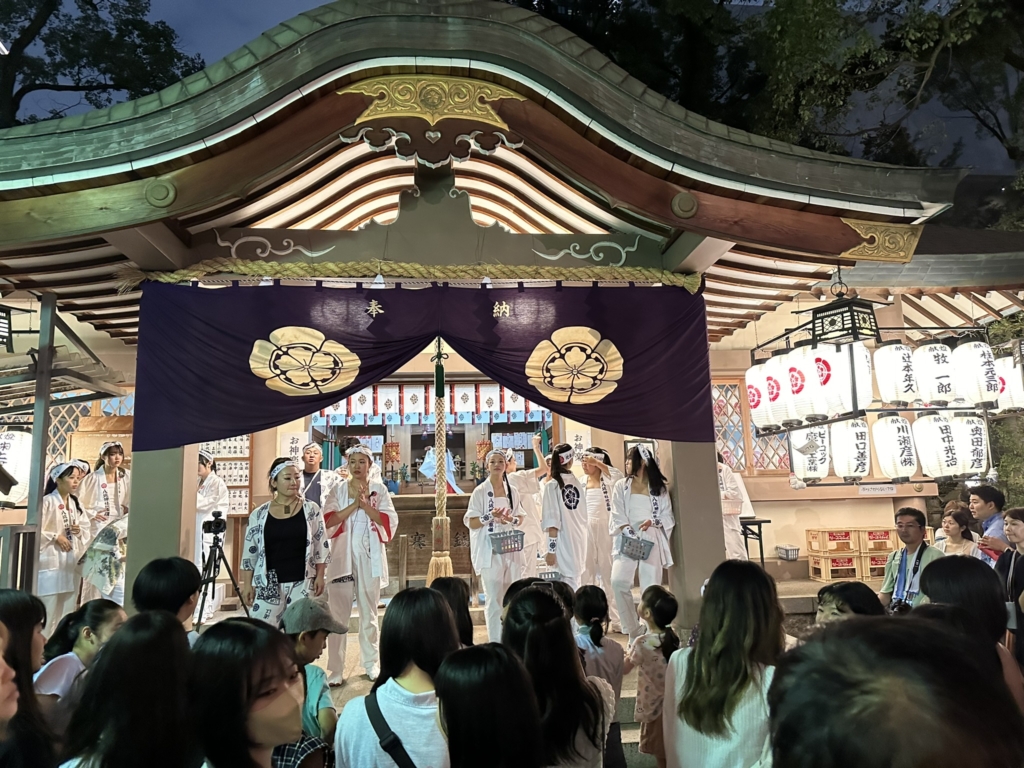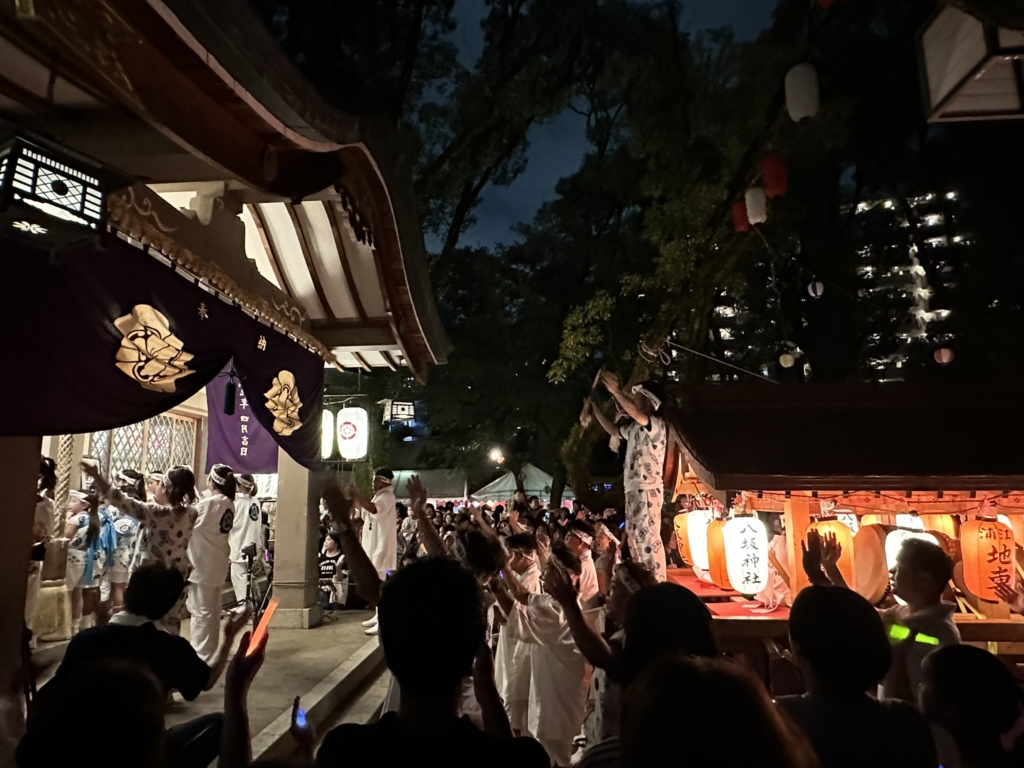As our loved ones age, we are often faced with the delicate balance of offering care and comfort during challenging times. Recently, my elderly mother stopped eating entirely, causing much concern within my family. My brother quickly took her to the hospital, where the doctor explained that she was experiencing the natural decline of old age, often referred to as “frailty.”
We learned that in this stage, many elderly people gradually stop eating and drinking, as their bodies quietly prepare for the end of life. While it’s a difficult reality to face, we realized that the best we could do was to offer her comfort during this time.
However, I couldn’t shake the feeling that there was more I could do. Determined to help, I decided to buy a blender and make fresh drinks for her each night, even after long workdays. I wanted to give her something that felt more natural and wholesome than canned nutritional supplements.
Each night, I prepared a simple yet nourishing blend of one banana, green vegetable powder, honey, and milk. The honey added a sweetness that made the drink much more enjoyable. When I gently encouraged her to try it, she surprised us all by finishing the entire glass and exclaiming, “Delicious!” It was a small victory, but one that filled my heart with hope.
Through this experience, I noticed something profound: the sugars in the honey and fruit seemed to give her an instant boost of energy and vitality. It made me reflect on the role that sugar—something so common in our modern diets—has played in human history.
For thousands of years, humans struggled against hunger. Before the advent of agriculture, our ancestors likely spent a great deal of effort trying to keep their blood sugar levels from dropping. In times like those, a source of sugar would have acted almost like medicine, offering the body a quick and essential surge of energy, much like it did for my mother.
However, in today’s world, sugar is both abundant and inexpensive. The very thing that once served as a life-saving “medicine” has now become a potential health hazard for many. The easy availability of sugary foods has led to overconsumption, which in turn has contributed to a host of modern health issues.
This experience has led me to an important realization: while sugars—whether from honey, fruits, or even table sugar—can offer immediate and beneficial effects, especially for those in need of energy, they must be consumed in moderation. In a society where sugar is so readily available, finding the right balance is key.
In conclusion, sugar, like many things in life, can be both a help and a harm. It has the power to nourish and comfort, but also to cause harm if not approached mindfully. Understanding the dual nature of sugar’s effects is crucial, especially in today’s world where its role has shifted from a rare necessity to an everyday indulgence.
As caregivers and individuals, we can learn to use sugar wisely, offering it when it’s truly needed while also remembering the importance of moderation in maintaining health. In this way, we honor both the past and the present, and perhaps offer a sweeter, healthier future for those we care for—and for ourselves.
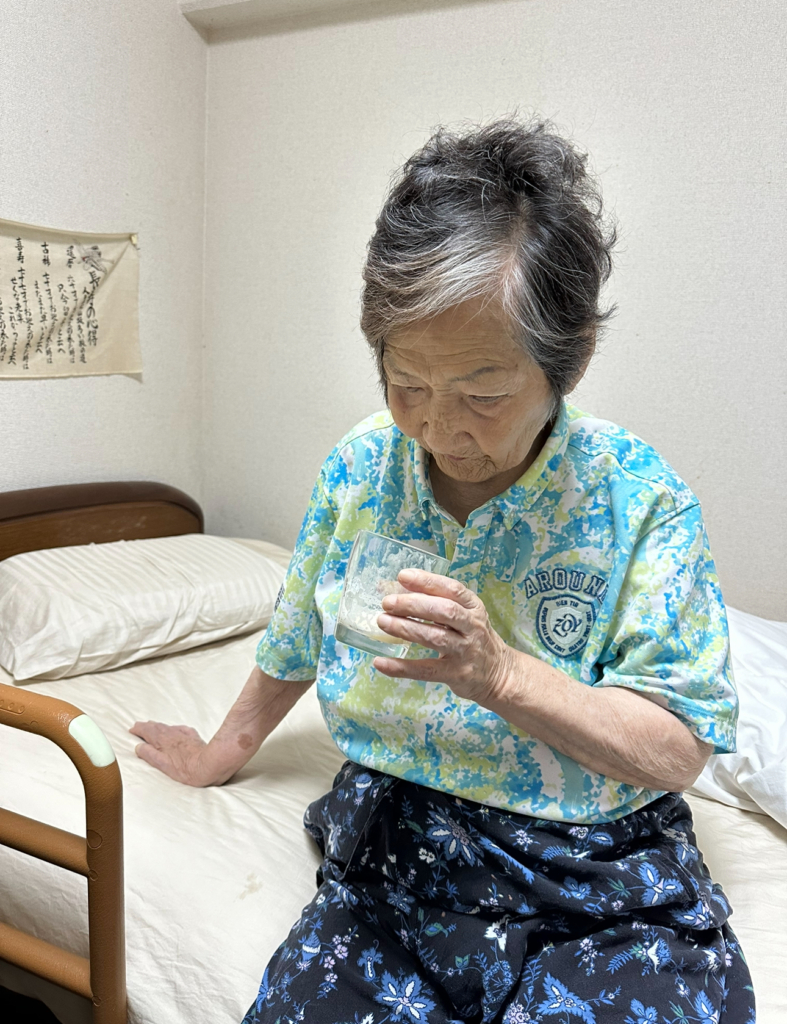
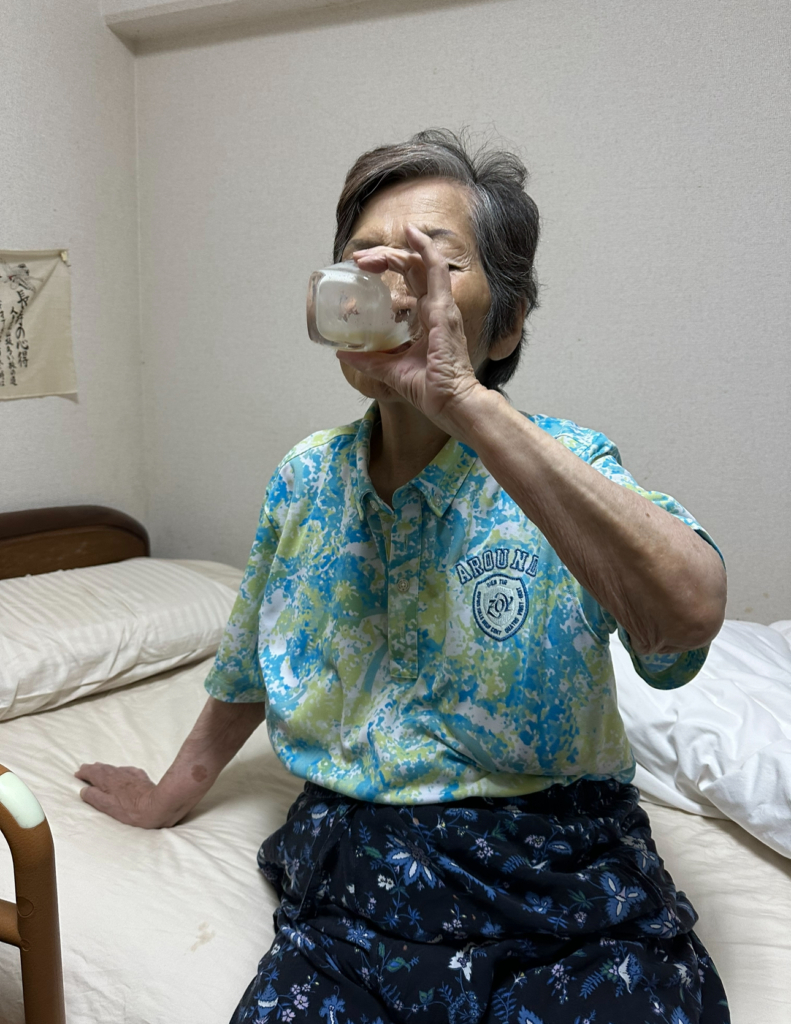
#ElderlyCare #CaringForLovedOnes #AgingWithDignity #FamilyCare #SeniorHealth #NaturalHealing #HoneyAndFruit #FrailtyAwareness #AgingGracefully #SupportAndCare #LoveAndCare #BlendedNutrition #HealthyAging #CompassionateCare #PersonalJourney #SweetComfort #FoodAndHealing #ElderlyNutrition #LifeWithElders #FamilyFirst #EmotionalSupport #CaregiverLife #MomAndSonBond #EndOfLifeCare #MindfulNutrition #NaturalRemedies



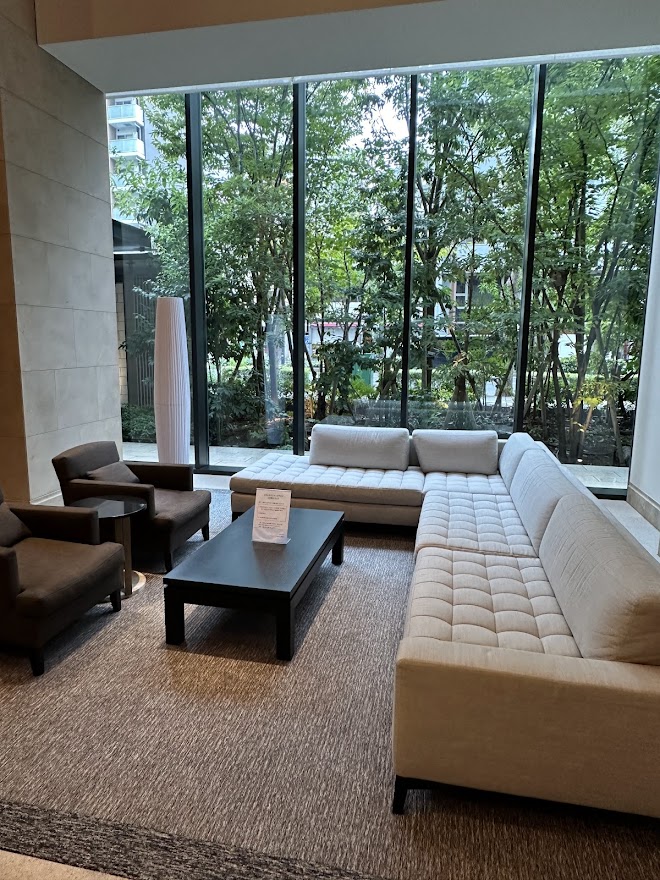
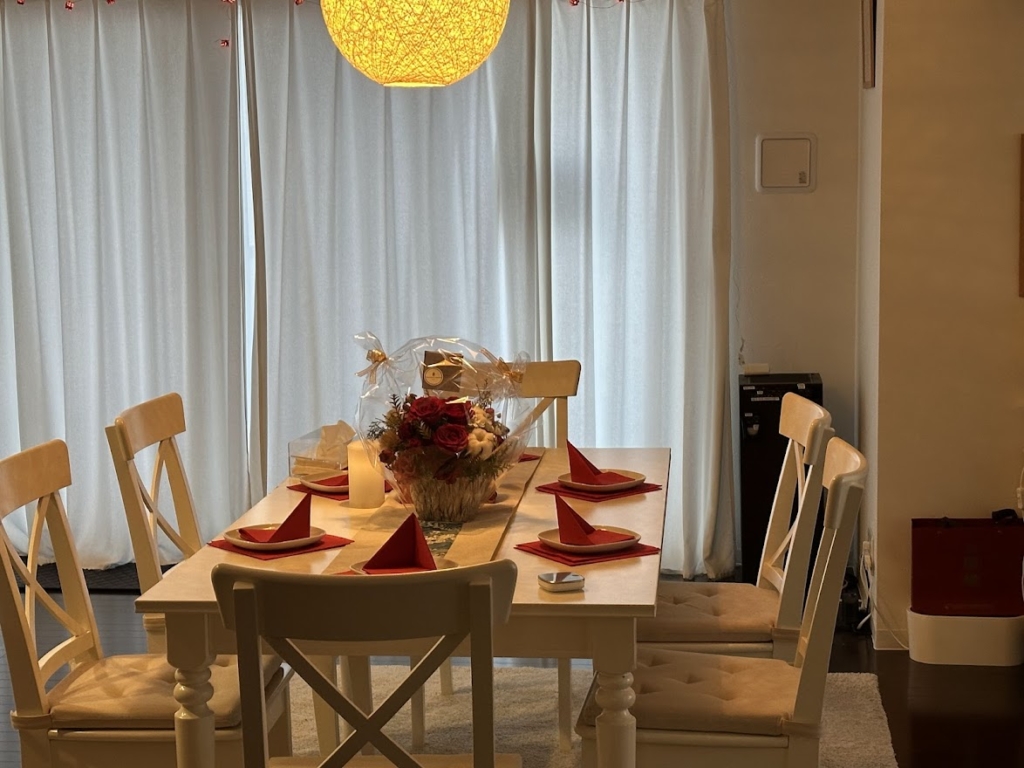
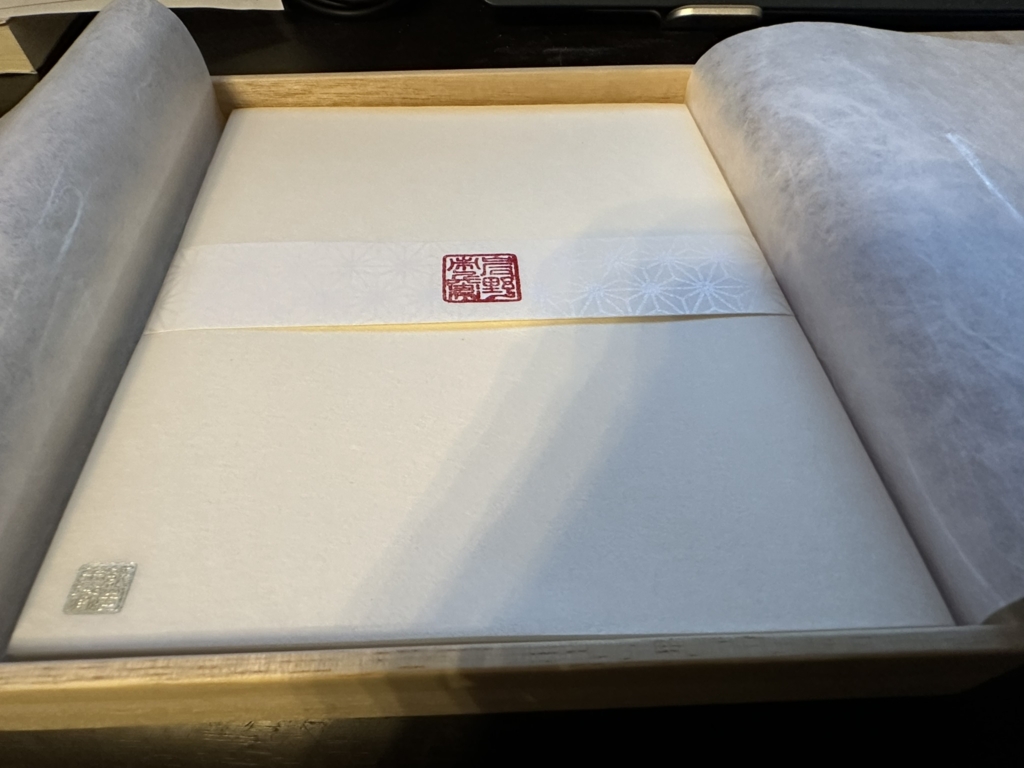
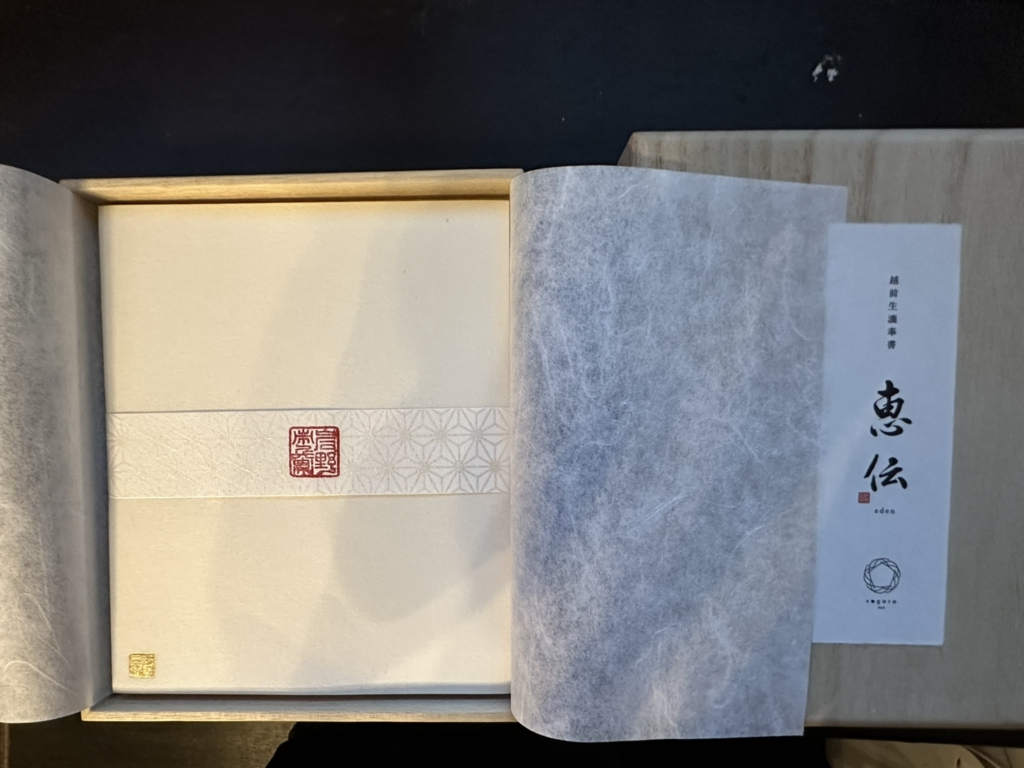
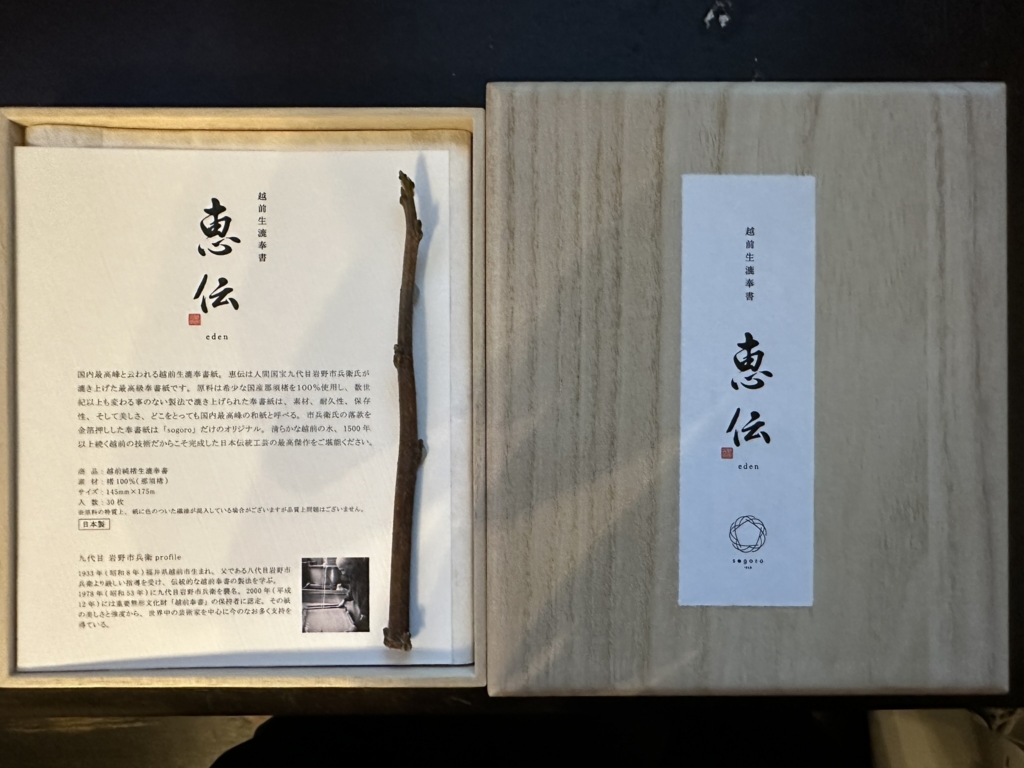




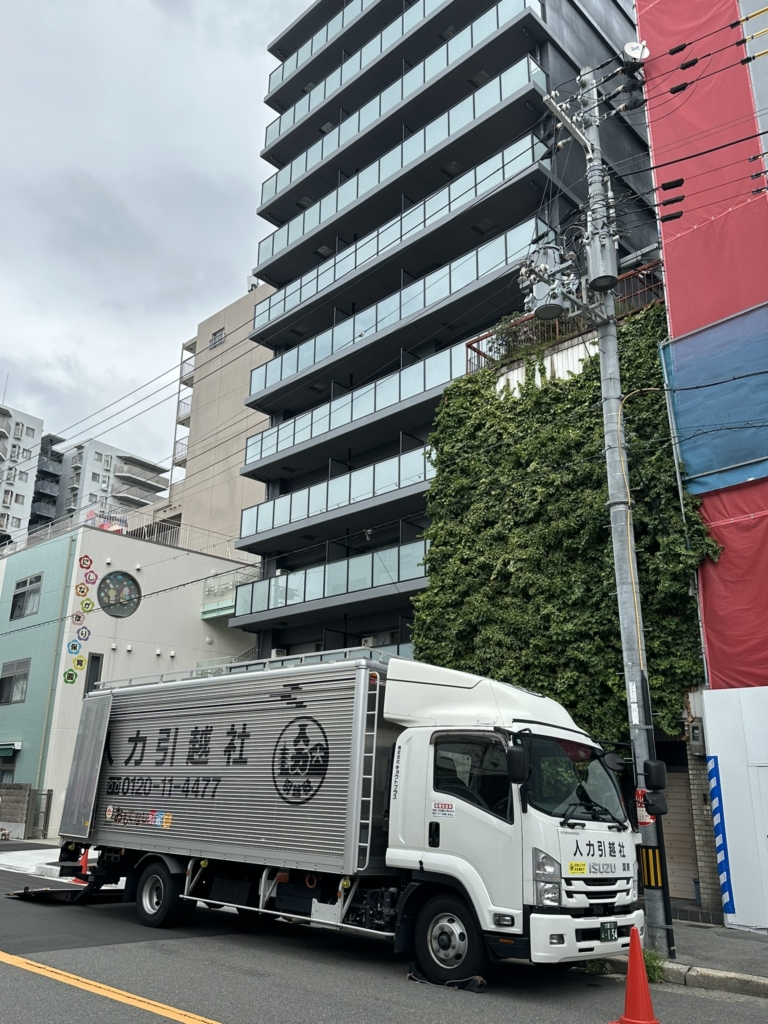
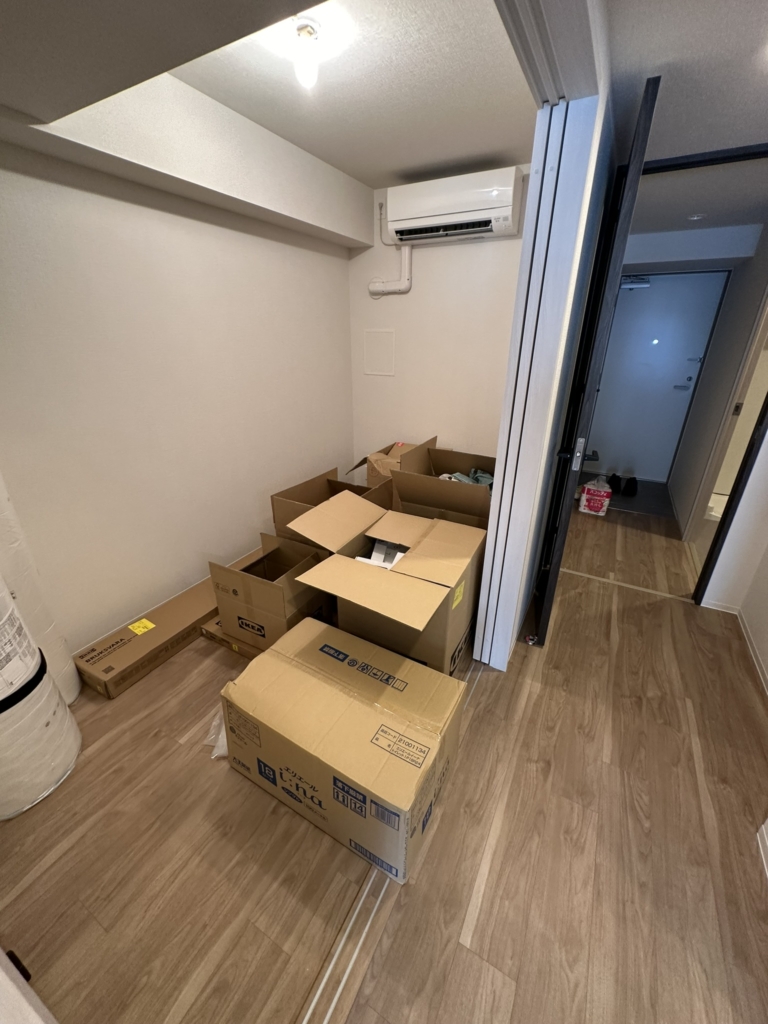




 #NankaiTroughMegaquake #EarthquakePreparedness #DisasterPrevention #SafetyMeasures #EmergencyReadiness #FurnitureSafety #GeneratorPower #SmartphoneSafety #DisasterInformation #HanshinAwajiEarthquake #KobeEarthquakeExperience #StayPrepared #SafetyFirst #BePrepared #InformationIsKey
#NankaiTroughMegaquake #EarthquakePreparedness #DisasterPrevention #SafetyMeasures #EmergencyReadiness #FurnitureSafety #GeneratorPower #SmartphoneSafety #DisasterInformation #HanshinAwajiEarthquake #KobeEarthquakeExperience #StayPrepared #SafetyFirst #BePrepared #InformationIsKey




